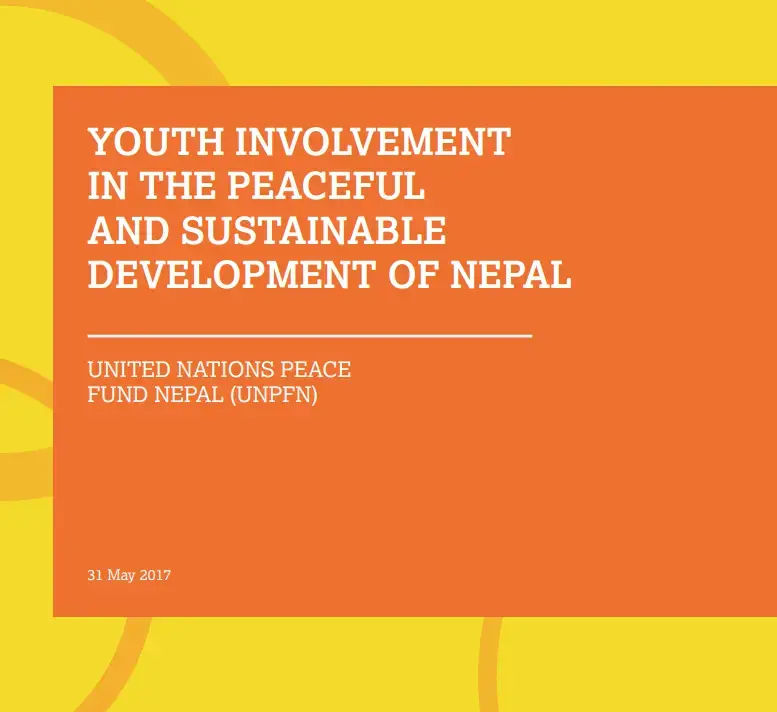The Comprehensive Peace Agreement was signed in 2006 after a decade-long conflict, the effects were far reaching and devastating. Women became widows, children lost their parents, many lost their property and jobs, schools were closed. Youths suffered considerably during the conflict. However, since the end of the conflict, Nepal has made significant progress in its transition to peace. This research examines what does this transitioning context mean for adolescents and youth who constitute almost half of Nepal’s population.
The current generation of youth are the most highly educated in Nepal’s history, but find it difficult to find jobs corresponding to their skills. An analysis of youth and peacebuilding studies in Nepal indicated that Nepali youths face challenges in terms of “lack of economic opportunities and resources, they are underemployed and do not have proper access to education”. However, these studies tended to homogenize youth and did not consider the diverse population of Nepal that has over 50 ethnic groups, which makes it challenging to understand the best ways to engage with and support them. Additionally, whilst the government has several policies and programs in place to support youth, a review noted that there were gaps in policy implementation, sufficient and relevant options for training and education and adequate public employment services.
With this understanding of the youth situation in Nepal, the UN Peace Fund for Nepal wanted to understand how can the UN better improve our relationship with half of Nepal’s population if we want to be inclusive and leave no one behind in achieving the development priorities of Nepal. As the United Nations Country Team in Nepal finalizes the new UN Development Assistance Framework (2018-2022), and moves forward in implementing the SDGs, the results of this study will help the UN to understand how better to engage with youth in an inclusive and participatory manner, as we work towards the promotion of a peaceful and inclusive society for sustainable development in Nepal.


